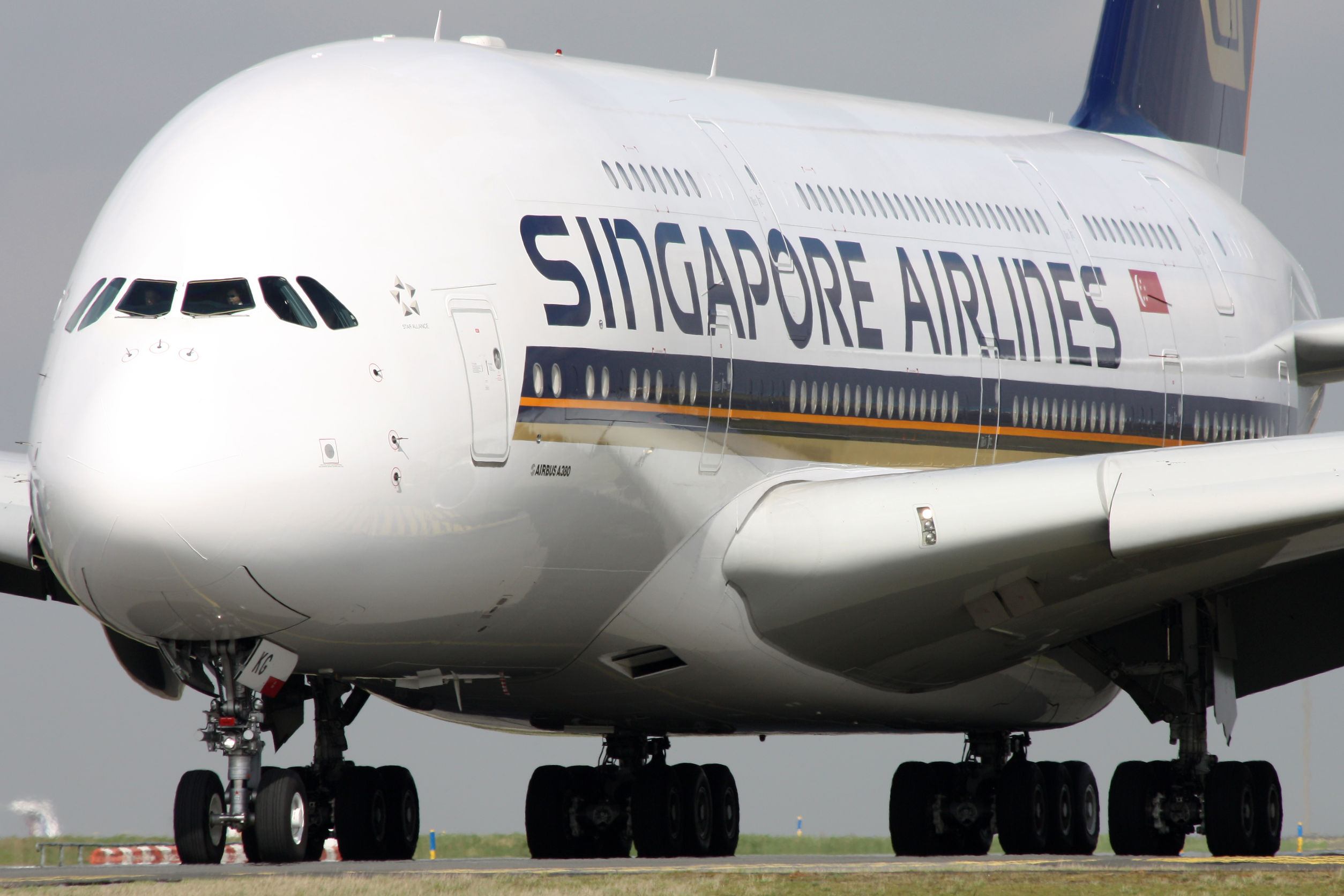SIA makes 96% capacity cuts as COVID-19 disrupts global travel

Singapore Airlines will be cutting 96% of the capacity that had been scheduled up to end-April, resulting in the grounding of around 138 SIA and SilkAir aircraft, out of a total fleet of 147.
Calling the COVID-19 outbreak “the greatest challenge” it has faced in its existence, the SIA Group has also effectively grounded Scoot, its low-cost unit, which will see 47 of its fleet of 49 aircraft cease operations indefinitely. Citing the uncertainty as to when stringent border controls will be lifted globally, SIA has not placed a timeline on when normal services would be resumed.
“The resultant collapse in the demand for air travel has led to a significant decline in SIA’s passenger revenues,” said SIA. Among the measures the company is putting in place to address the impact of the COVID-19 outbreak include ongoing discussions with aircraft manufacturers to defer upcoming aircraft deliveries and payments. To meet its immediate cash flow requirements, SIA is drawing on its line of credits, while discussions with several financial institutions aim to secure its future funding requirements. Management salaries and board directors’ fees will also continue to be cut, while SIA has also implemented a voluntary no-pay leave scheme for staff up to certain management positions.
Mirroring SIA’s announcement, Cathy Pacific will move to slash passenger capacity by 96% in April and May. The Hong Kong flag carrier will operate three flights per week to 12 destinations: London, Los Angeles, Vancouver, Tokyo, New Delhi, Bangkok, Jakarta, Manila, Ho Chi Minh City, Singapore and Sydney. Cathy Dragon, its subsidiary regional airline, will operate three flights a week to Beijing, Shanghai and Kuala Lumpur.
Ronald Lam, Cathy Pacific’s chief customer and commercial officer, explained, “We have no choice but to significantly reduce our passenger capacity as travel restrictions are making it increasingly difficult for our customers to travel and demand has dropped drastically.”
These cost-cutting measures, aligned with those implemented by major airlines around the world, is perhaps symptomatic of the deep economic impact COVID-19 is having on the travel and tourism industry, particularly in Asia. Earlier this month, the World Travel and Tourism Council (WTTC) cautioned that global travel could be reduced by up to 25% in 2020. Of the 50 million jobs on the line, around 30 million would be in Asia, seven million in Europe, five million in the Americas and the rest in other continents.



